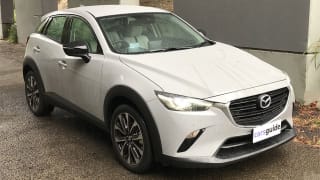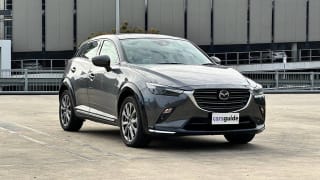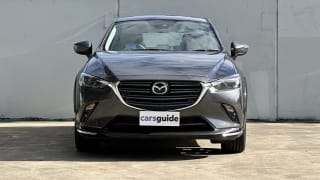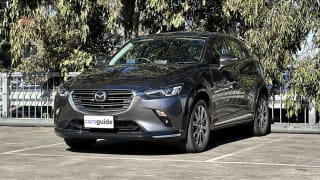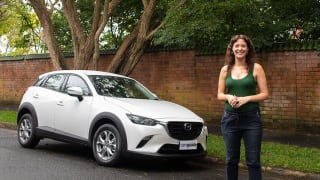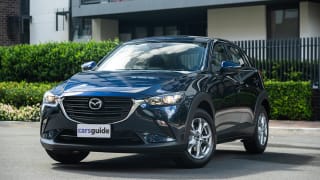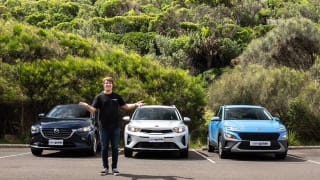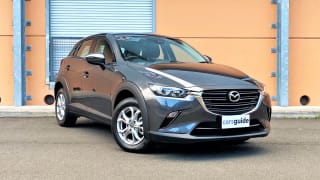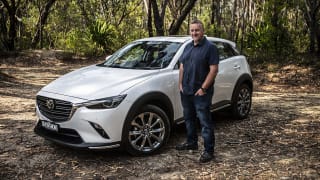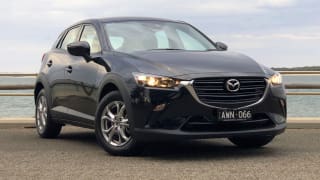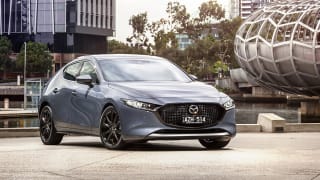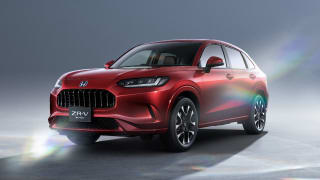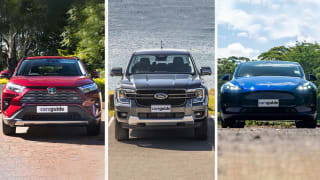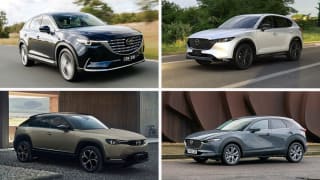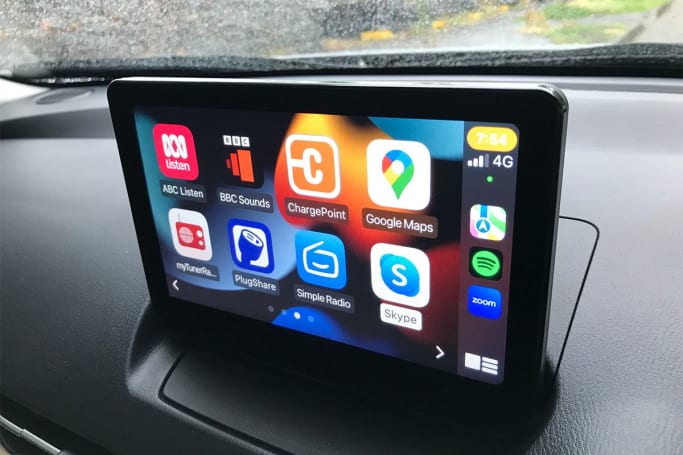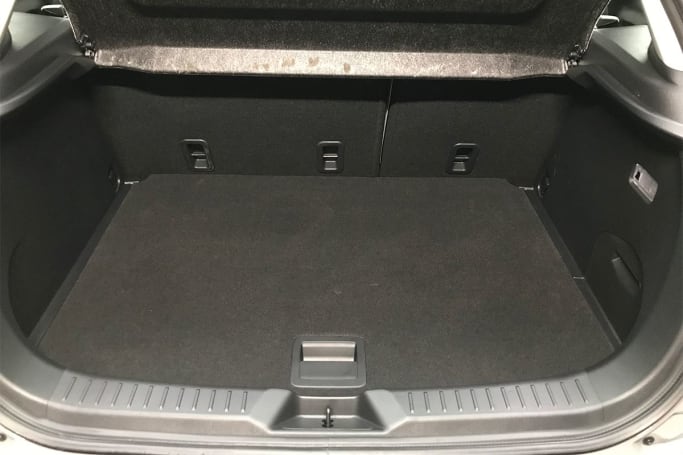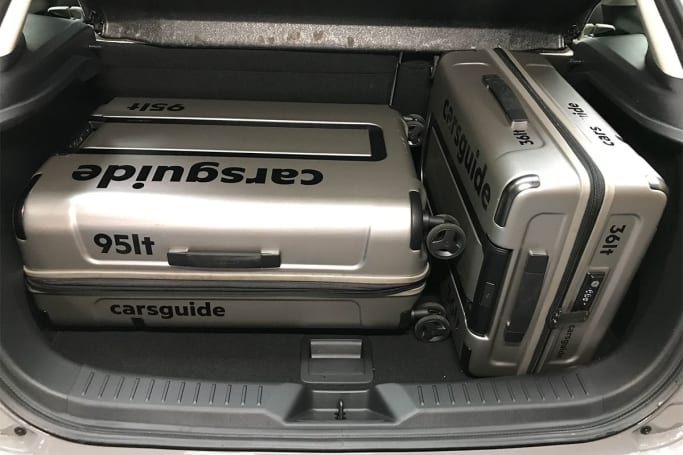ZS pros include cheap pricing, an easy driving experience and a comparatively spacious interior compared to other direct rivals like a Mazda CX-3. The dash is pleasant, there is a decent amount of equipment and the controls are all simple to use. It should also be fairly inexpensive to run and service, though earlier ZSs like yours require six-monthly rather than 12-monthly service intervals.
There are two engine options - a 1.5-litre four-cylinder model with a four-speed auto on the base Excite, or a 1.0-litre turbo three-cylinder version on higher-specification Excite Plus and Essence grades with a six-speed auto. Note that the latter powertrain is more expensive to service.
Plus, there's still a fair chunk of the manufacturer's warranty left, which is seven years, while capped-price servicing is also offered.
But the ZS does not offer AEB Autonomous Emergency Braking, so only rates a four-star ANCAP crash-test rating.
Additionally, the ZS's suspension is on the firm side in terms of dealing with road bumps, which might upset some occupants, yet there is not much of the 'fun factor' in regards to steering and handling finesse that rivals like the CX-3, Suzuki Vitara, Honda HR-V, Hyundai Venue, Holden Trax, Ford EcoSport and Hyundai Kona offer in spades.
We've also heard complaints about the interior's perceived quality being sub-par, cabin storage isn't generous and Android Auto isn't supported (though Apple CarPlay is).
Finally, the ZS' resale value trails all of the aforementioned competitors by a significant margin, meaning it's on track to be worth less when the time comes to on-sell it.



